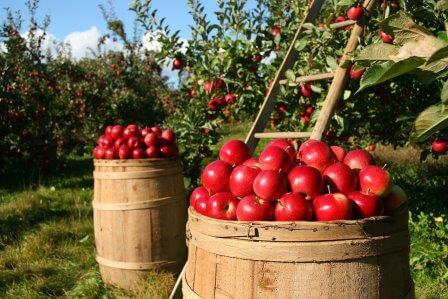ANIMAL NUTRITION
Animal nutrition is the process by which an animal obtains nutrients necessary for its healthy growth and development. IMPORTANCE OF ANIMAL FEEDS Animal feeds are needed for growth Useful for the repair of worn-out tissue It provides energy It is useful for the general well-being of the animal. It aids animals’ resistance to diseases. It […]

